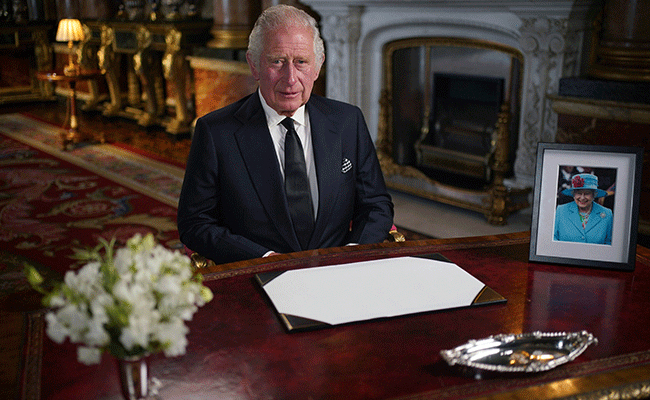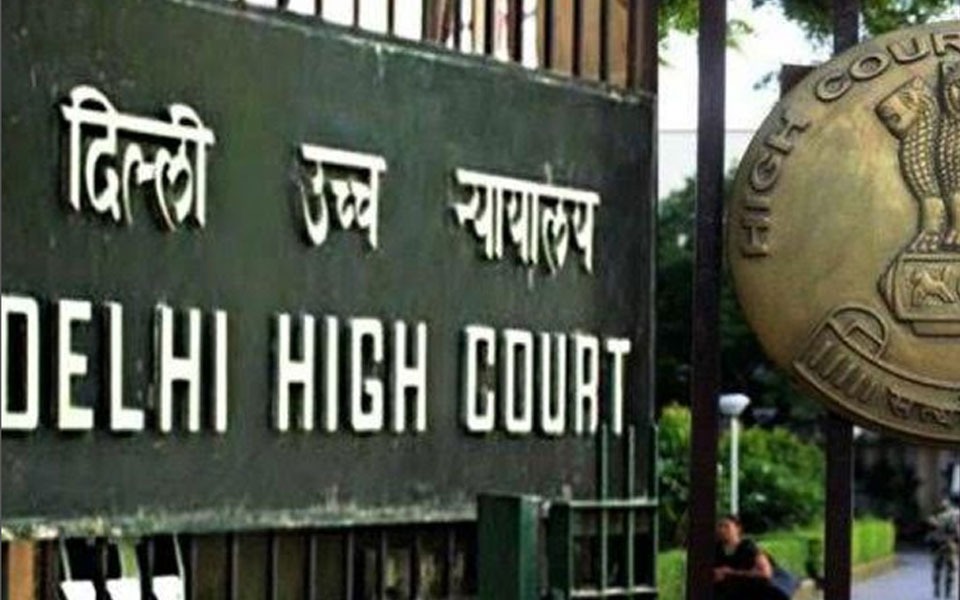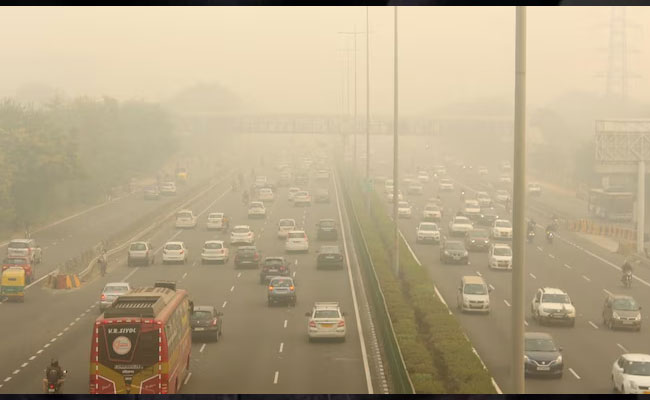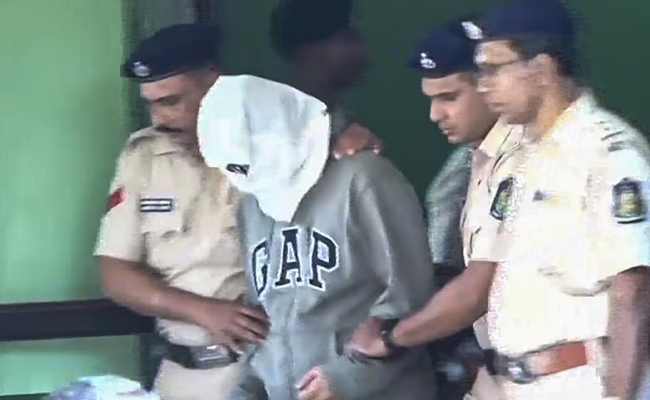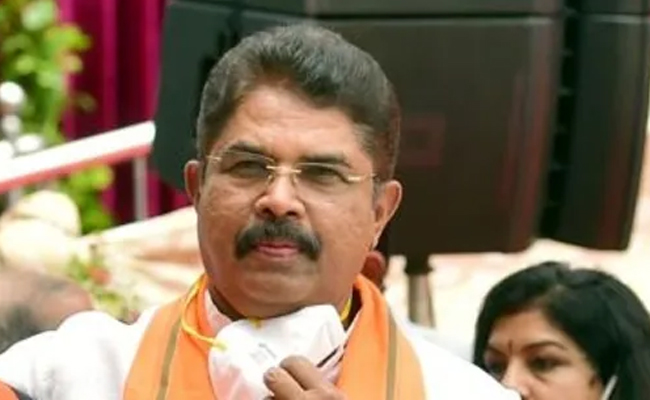London (AP): The Labour Party has won Britain's general election, bringing a new party to power for the first time in 14 years. But Labour leader Keir Starmer won't actually become prime minister until a carefully choreographed ceremony on Friday during which King Charles III will formally ask him to form a new government.
It's a moment that embodies the fact that, technically at least, the right to govern in the United Kingdom is still derived from royal authority, centuries after real political power was transferred to elected members of Parliament.
The process is swift, if somewhat brutal for departing Prime Minister Rishi Sunak. Here's how the ceremonial events will unfold.
History meets the modern world
While Britain is a constitutional monarchy where the king's power is strictly limited by law and tradition, much of what happens here has echoes of the past. In this case, the process harkens back to a time when the king exercised supreme power and chose his preeminent minister — the prime minister — to run his government.
Today, the prime minister is the leader the party that holds a majority in the House of Commons, but technically he or she must still be offered the post by the monarch, said Anna Whitelock, professor of history of the monarchy at London's City University.
“It reflects our historic past and it reflects the fact that we do have a constitutional monarchy, a parliamentary democracy, and the prime minister and the monarch therefore work hand in glove,'' she said. “Both of them have a key role in the Constitution. And we see that enacted, on the day where a prime minister formally takes up his position.”
What happens at the palace?
First, Sunak will go to Buckingham Palace to offer his resignation to the king. Then Starmer will arrive for his first audience with Charles.
“There's a tiny window where between the exiting prime minister, and officially the appointment of the new one, where technically power resides for those few minutes with the monarch,'' Whitelock said. “So there's a brief moment where there's effectively a kind of vacuum in terms of parliamentary democracy. … But, of course, straight away there is that moment where the new prime minister is appointed.''
That occurs when the prime minister-to-be sweeps into the palace for a ceremony known as the “Kissing of Hands,'' though no kissing actually occurs. After the king asks Starmer to form a government, he will bow and shake Charles' hand. A photo will be snapped to record the moment power is transferred.
Though there's no record of what is said between monarch and prime minister, dramatic activity will be swirling outside the palace gates. News helicopters will follow Starmer and Sunak's cars to the palace and back. Commentators usually breathlessly record their progress and speculate about what's being said behind closed doors.
Traditionally, the new prime minister then leaves the palace in a prime ministerial car and returns to Downing Street to make a statement, receiving the applause of staff members as he enters the famous black door of No. 10 and begins the business of government.
What about Sunak?
In Britain, the verdict of the voters is delivered swiftly.
After suffering a brutal defeat at the polls, Sunak will be forced to vacate the prime minister's official residence before Starmer arrives just a few hours later.
The soon-to-be ex-prime minister will be driven to the palace in a chauffeur-driven ministerial car. But after tendering his resignation, he will leave in a private vehicle and head back to his private residence.
The transition is so rapid that the moving van for the exiting leader is usually somewhere near the back door of Downing Street as the new leader takes his bow out front.
Why does the ceremony matter?
The whole royal choreography shows, if nothing else, that the monarchy remains a symbol of stability and continuity at a time when deep divisions in society are driving angry political debate. The king, who stands above the political fray, nonetheless runs the show — albeit ceremonially — and will continue to do so even after this prime minister is gone.
“Everyone will say, Well, this is all the ceremonial bit,' but it's a really important part of the fact that governments can change in the U.K., and we don't do riots,” said George Gross, a royal expert at King's College London. “Maybe that didn't need to be said before, but in the context of the current political world and geopolitics, I think that is really healthy.''
In her 70-year reign, Queen Elizabeth II was served by 15 prime ministers. Charles, who has been on the throne for less than two years, is now greeting his second.
“This is the summit of power,” Gross said. “Ultimately the monarchy is the continuity and prime ministers come and go.”
What happens next?
The king holds weekly meetings with the prime minister to discuss government matters. While the monarch is politically neutral, he still has right to “advise and warn” the prime minister if he believes it's necessary. These meetings are private and the matters discussed remain confidential.
The king will return to the public stage later this month for his next big royal event: the state opening of Parliament.
Traditionally, the monarch arrives in a horse-drawn carriage, sits on the Sovereign's Throne in the House of Lords and wears the Imperial State Crown.
Then, during a joint meeting of House of Lords and the House of Commons, he will deliver a speech written for him by the incoming government to lay out its legislative program.
It's a moment of pageantry, true. But it typifies the role of the monarchy in modern Britain.
Let the Truth be known. If you read VB and like VB, please be a VB Supporter and Help us deliver the Truth to one and all.
New Delhi (PTI): The Delhi High Court questioned the city government on Wednesday over its failure to regulate the sale and transfer of used vehicles, while pointing out that in a recent bomb blast near the Red Fort, a second-hand car was used, making the issue more significant.
A bench of Chief Justice Devendra Kumar Upadhyaya and Justice Tushar Rao Gedela asked the Delhi government to file a detailed response on the issue of regulating authorised dealers of registered vehicles.
"A car changes four hands but the original owner has not changed. Therefore, what happens? That man (the original owner) goes to the slaughterhouse? What is this? How are you permitting this? You will take a call when two-three more bomb blasts take place?" the bench asked the Delhi government's counsel.
The bomb blast near the iconic Mughal-era monument was carried out using a second-hand car, making the issue even more significant, it said.
The court listed the matter for further hearing in January 2026.
ALSO READ: Nightclub fire: Goa court remands Luthra brothers in police custody for five days
The court was hearing a public interest litigation (PIL) plea filed by an organisation, Towards Happy Earth Foundation, highlighting the challenges in the implementation of rules 55A to 55H of the Central Motor Vehicles Rules, introduced in December 2022 to regulate authorised dealers of registered vehicles.
While the rules were intended to bring accountability to the second-hand vehicle market, the petitioner's counsel argued that they have failed in practice due to regulatory gaps and procedural hurdles.
The plea said there is a major gap in the amended framework, that is, the absence of any statutory mechanism for reporting dealer-to-dealer transfers.
"In reality, most used vehicles pass through multiple dealers before reaching the final buyer, but the rules recognise only the first transfer to the initial authorised dealer.
"As a result, the chain of custody breaks after the first step, defeating the very purpose of accountability," the petition said.
It added that because of these gaps, only a very small percentage of dealers across India have been able to obtain authorised dealer registration and in Delhi, not a single dealer has got it.
Consequently, lakhs of vehicles continue to circulate without any record of who is actually in possession of those, it said.
The plea said only a small fraction of India's estimated 30,000 to 40,000 used-vehicle dealers are registered under the authorised-dealer framework.
The petition also pointed out that the 11-year-old vehicle used in the November 10 bomb blast near the Red Fort was sold several times but was still registered in its original owner's name.
The blast near the Red Fort had claimed 15 lives.

